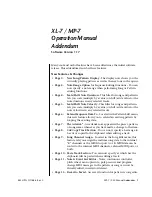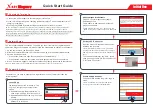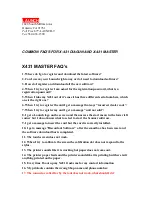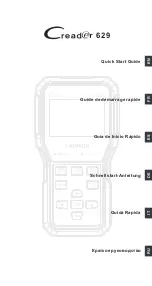
4. 2. 2 Transistors with plastic case (TO-220) and synthetic material press-on plate
Exchange the transistor as follows:
-
Loosen the self locking nuts and the countersunk screws M3 and remove the transistor holder.
-
Cut off the transistor connections just below the transistor using side cutting pliers.
-
The transistors are attached to the mica disc with heat conducting paste. Remove the transistor
carefully using a knife blade or similar.
-
Desolder the transistor connections.
-
Assemble the transistor with the transistor holder, then solder it back on.
-
Re-adjustment is not necessary, if possible the power input should be measured after the transistor
has been exchanged; if it deviates from the nominal value by more than 20 % (see type plate), the
power output must be adjusted again.
disc
transistor holder TK-52
transistor TO 220-2
SC 2502
(diode MUR 180)
nut
mica disc TK-50, heat
conducting paste on
both sides
countersack screw
PCB
Base plate
4. 2. 3 Transistors in metal case (TO-3)
Use matched pairs only.
Exchange the transistor as follows (fig. 3):
-
Unsolder all connecting leads from one transistor.
-
Loosen self locking nut and hexagon socket screw M3 from the transistor.
-
Transistors adhere due to the heat conducting paste on mica disc. Remove the transistor carefully
using a knife blade or similar.
-
The transistors must be assembled very carefully with heat conducting paste, mica disc and insu-
lating bushes so that the transistors are cooled well and no flashovers occur.
-
Solder the connecting leads back on using the second transistor which still has the original wiring
attached, as a pattern.
-
Exchange the second transistor.
7
insulating disc, epoxy,
diam.
15/3.2; 1 thick
disc
∅
12/3.2; Din 125
mica disc 0.13 - 0.17 thick, heat
conducting paste on both sides
hollow filed with heat conducting paste
self locking nut
hexagon socket head cap
screw DIN 912; M 3 × 12
transistor TO-3
BUY 69/ BUX 48/
transistor connections
BUX 98 (A)
spring lock washer DIN 127, B3
insulating bush
cooling plate







































